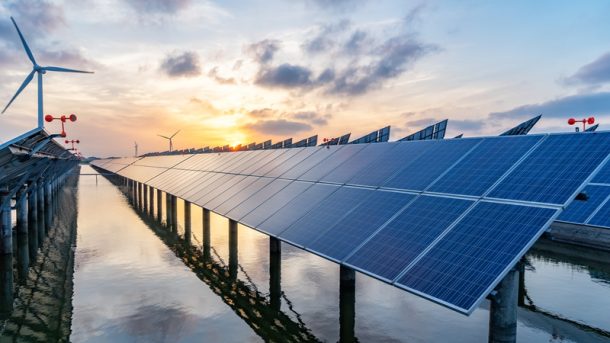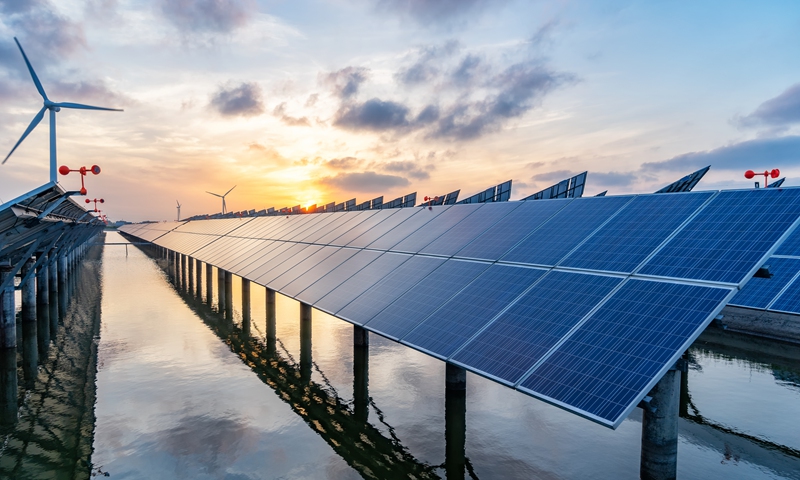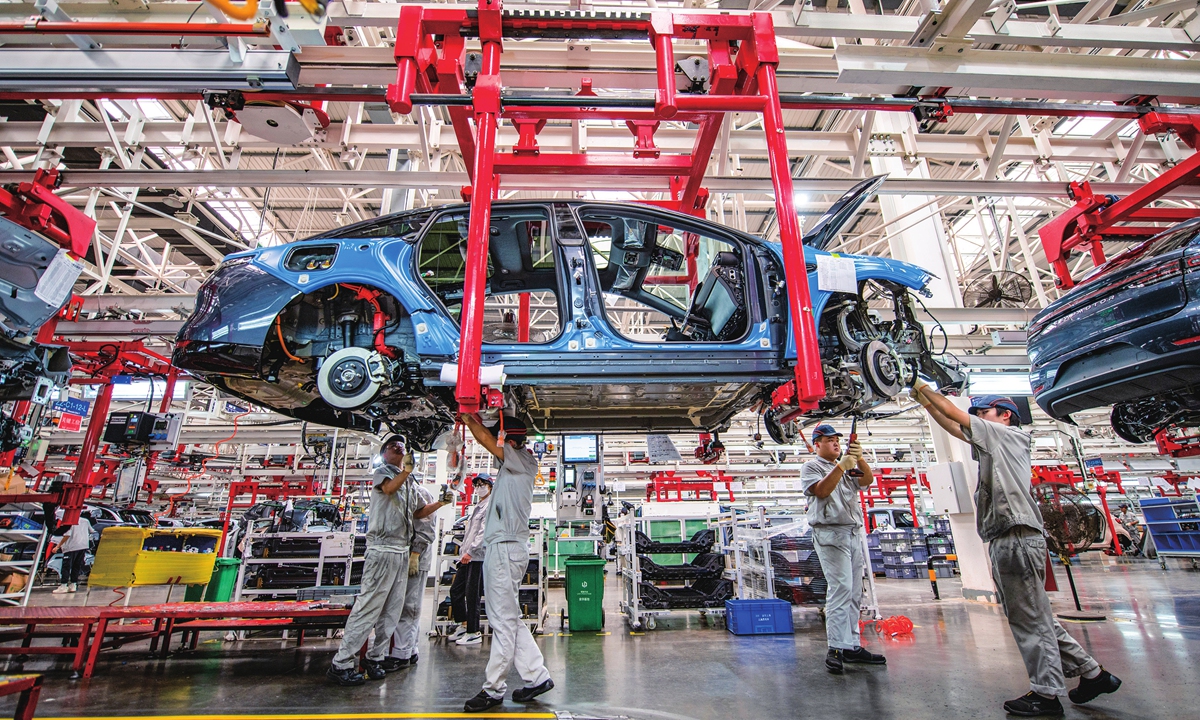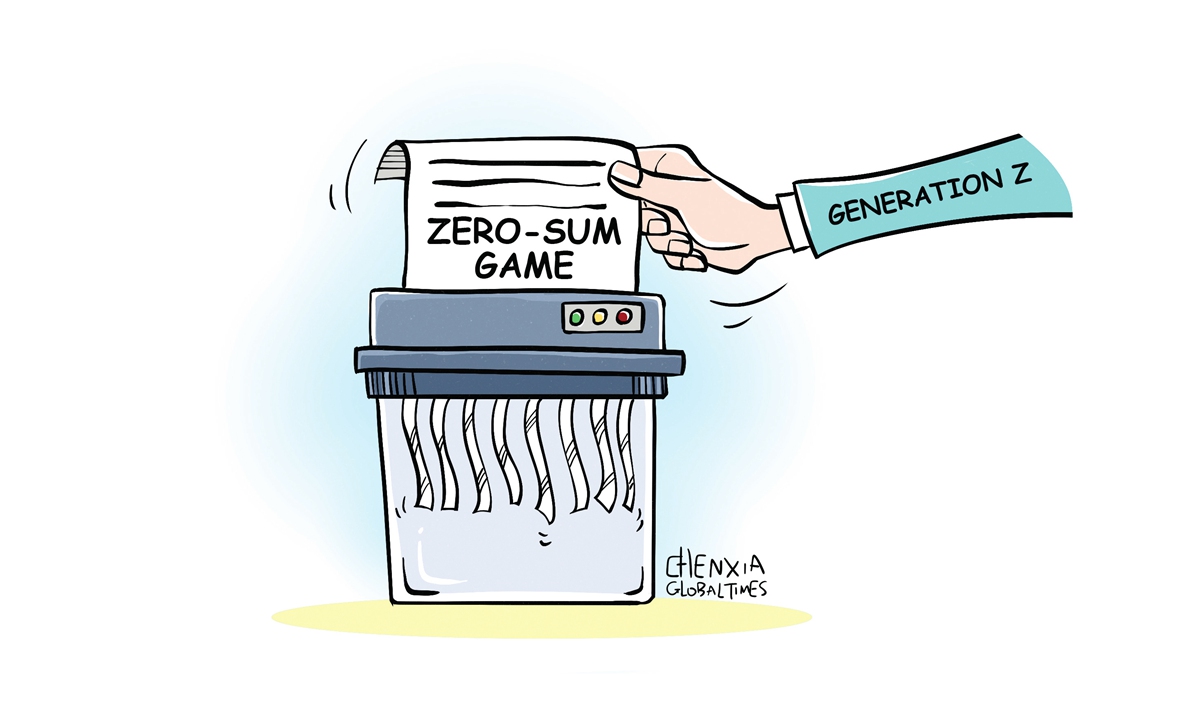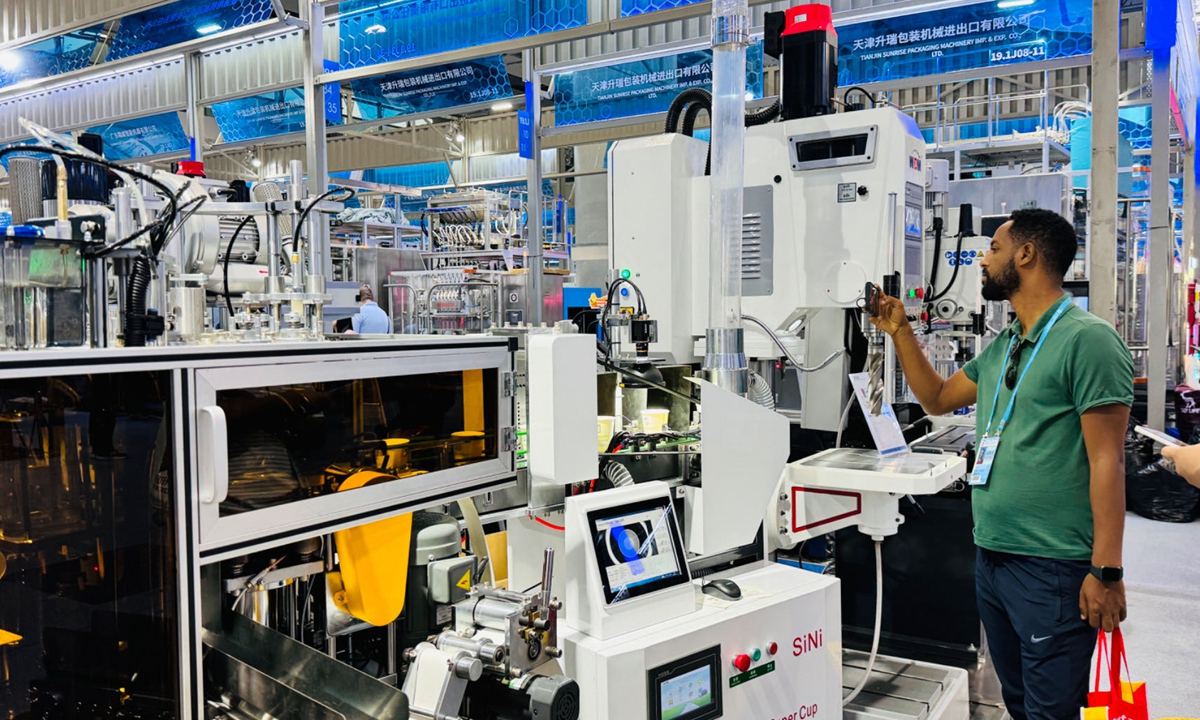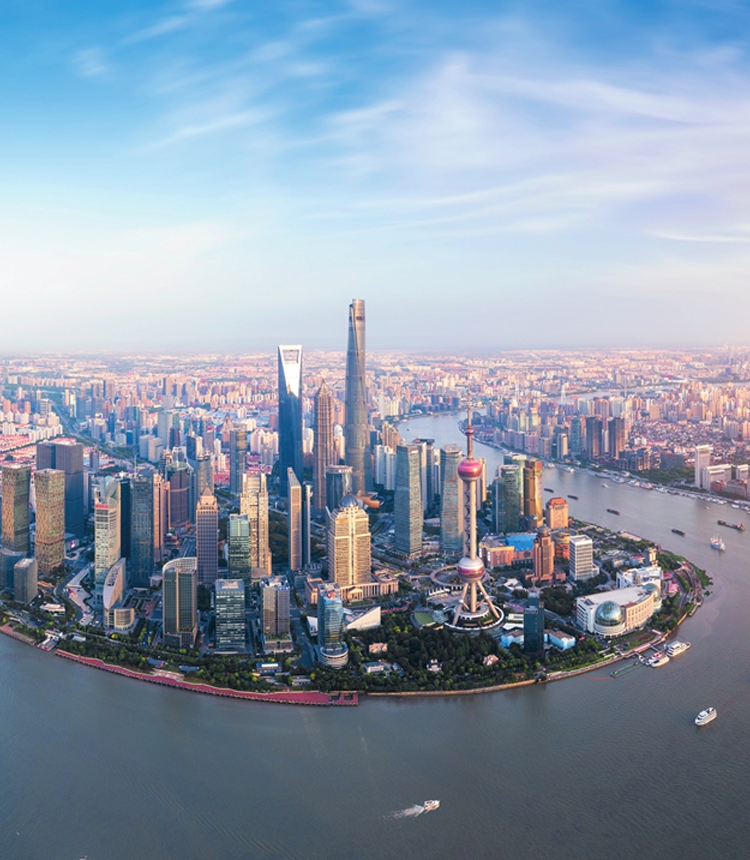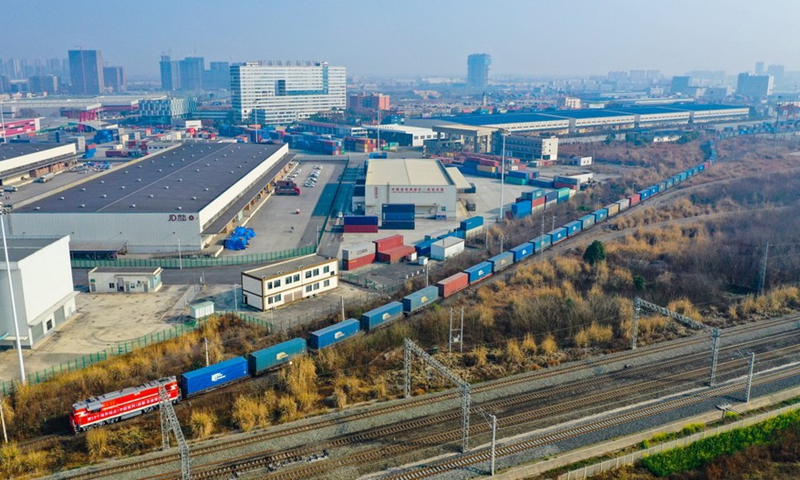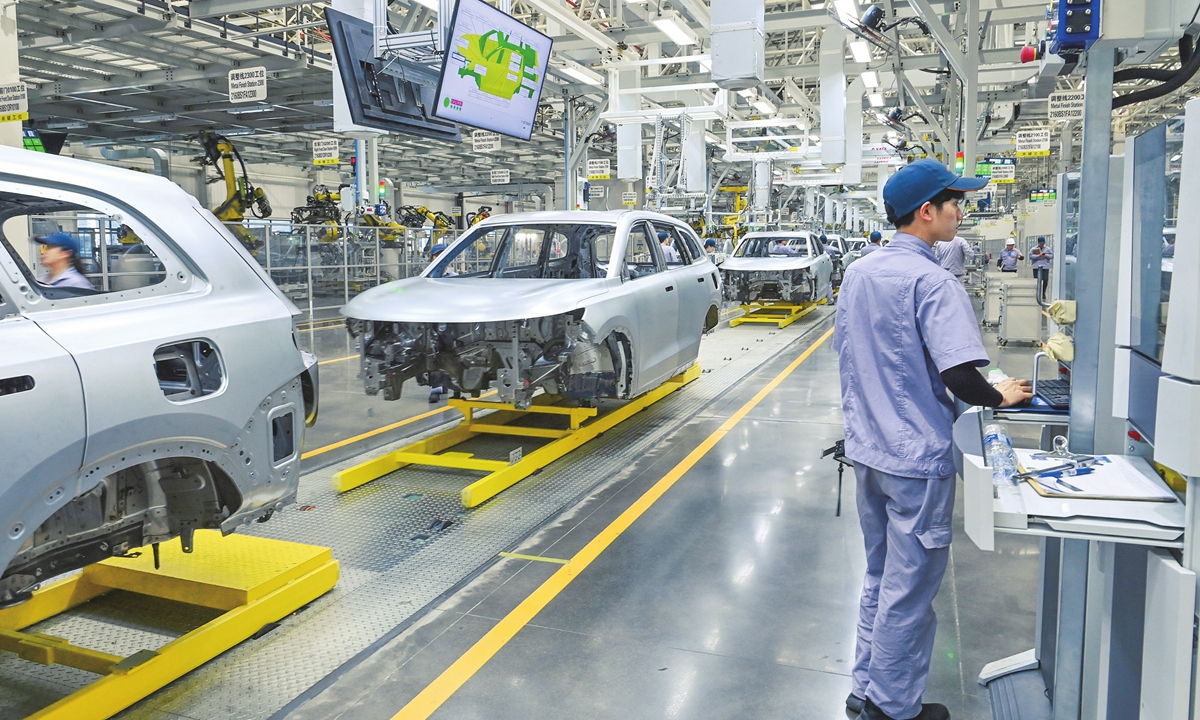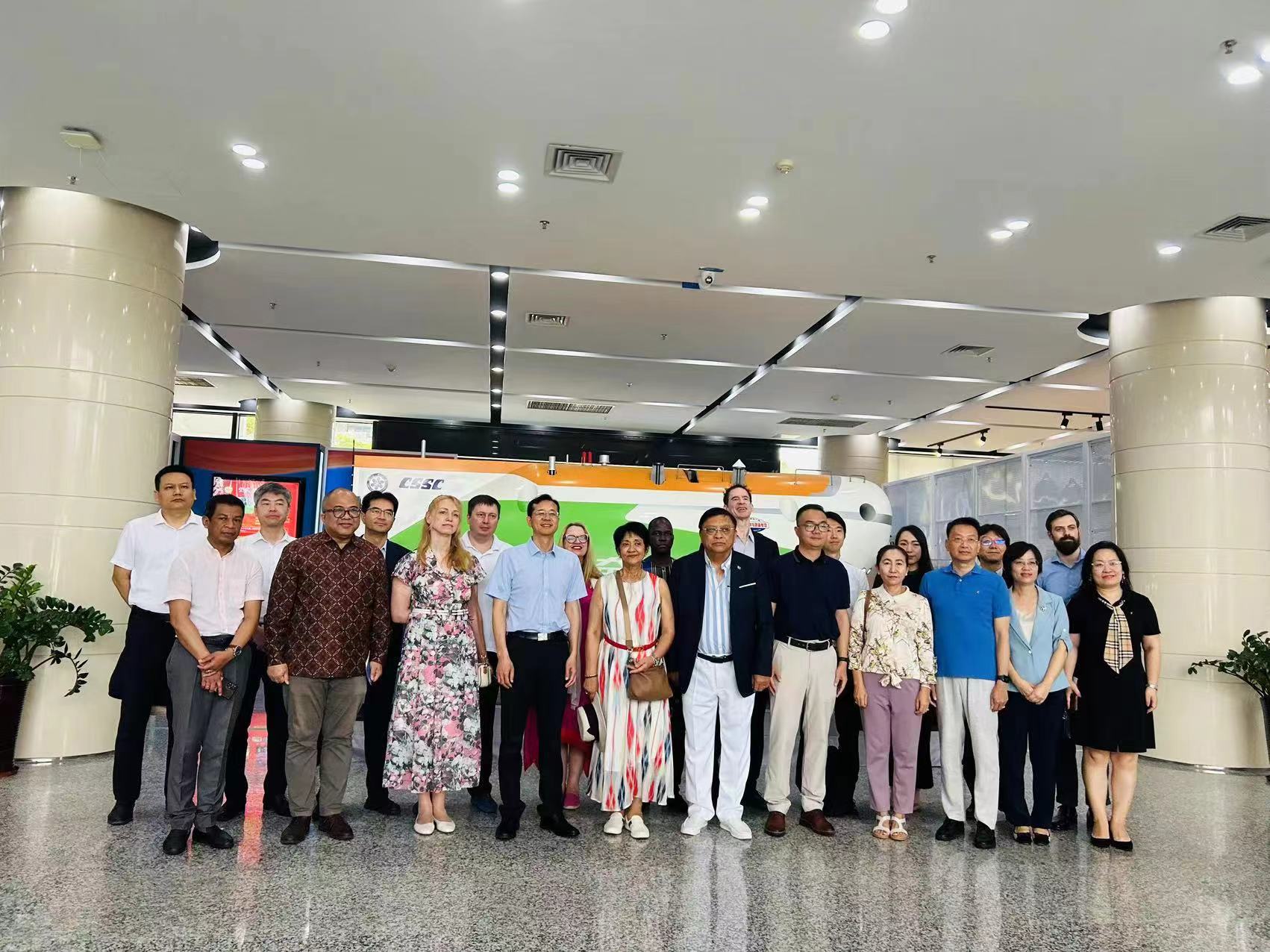
A delegation comprised of more than 25 diplomatic envoys from 15 countries, including Madagascar, Finland, Bulgaria, Cambodia, Belarus and Germany, engaged in a five-day tour of South China’s Hainan Province from April 22 to 26. Photo: MaTong/GT
A delegation comprised of more than 25 diplomatic envoys from 15 countries, including Madagascar, Finland, Bulgaria, Cambodia, Belarus and Germany, engaged in a five-day tour of South China’s Hainan Province from April 22 to 26, aiming to delve into the island’s multifaceted developmental strategy and tap more business opportunities there.
Hainan, China’s southernmost province, was once a key node of the Ancient Maritime Silk Road. Presently, it stands as a hub for the China-proposed Belt and Road Initiative (BRI) and serves as a gateway for the country’s international outreach, particularly towards the Pacific and Indian Oceans.
Acting as a “bridge” connecting the Chinese mainland and Southeast Asia, Hainan is playing a crucial role in deepening China-Indonesia economic cooperation with its complete policy package, Parulian George Andreas Silalahi, minister of the Embassy of the Republic of Indonesia in China, told the Global Times after a free trade port (FTP) policy briefing on Monday.
During the policy briefing, which was the kick-off event for the visit, provincial officials introduced the FTP preferential policy system focused on special tax measures and facilitation for the flow of trade, cross-border capital, personnel and transportation, and data.
“I can see the full potential of Hainan becoming a game changer or a global player not just in China, but in the broader regional and global setting,” Silalahi said, adding that as tropical islands, Indonesia and Hainan possess numerous similarities and significant potential for collaboration in tropical agriculture and deep-sea exploring.
As part of China’s relentless drive to enhance opening-up, the province is dedicated to establishing an FTP with Chinese characteristics and global influence. Preparations for island-wide special customs operations before the end of 2035 are in full swing, highlighting a key priority in the provincial government’s agenda, Feng Fei, secretary of Hainan’s CPC Provincial Committee, noted during a meeting with the diplomats.
Madagascar, another BRI partner country, is exploring the establishment of economic zones and an FTP, inspired by Hainan’s example, Jean Louis Robinson, ambassador of the Republic of Madagascar to China said on Tuesday, noting mutually beneficial cooperation between the two countries is poised to set a model for international collaboration.
Hainan is making an all-out effort to benchmark itself against the highest level of opening-up in the world. Investors worldwide are welcomed to conduct business and engage in the construction of the Hainan FTP, Chen Huaiyu, vice governor of the Hainan provincial government said.
High-quality opening-up
Since the announcement of the establishment of the FTP in 2018, the number of new foreign-funded enterprises in Hainan has grown at an average annual rate of 65 percent, with a total of 6,543 foreign-funded enterprises now operating across the island, according to official data, showcasing the fruitful results led by its long-term endeavors in high-level opening-up, the vice governor said.
Indonesia, the largest economy in ASEAN, is also a key pivotal node in the Maritime BRI. The China-Indonesia relationship is advancing, Silalahi told the Global Times, adding that in March, an Indonesian business delegation visited a valley village in Hainan for collaborative initiatives. “Now the village serves as a hub for Indonesian products promotion in Hainan.”
As the acceleration of bilateral economic ties, the trade volume between Hainan and ASEAN saw a surge in the first quarter of 2024, the import and export value amounted to 107.9 billion yuan ($14.89 billion), representing a 33.5 percent growth year-on-year, accounting for 16.8 percent of the province’s total foreign trade. ASEAN remains Hainan’s largest trading partner, official data showed.
Belarus is an active proponent of the BRI and was among the first nations to endorse it, Andrei Povov, consul general of the Consulate General of the Republic of Belarus in Guangzhou, told the Global Times, noting the vast potential to enhance logistics connections between the two countries by leveraging FTP’s policy advantages, which would significantly facilitate bilateral trade and result in mutual benefits.
“We have a positive track record of cooperation with China. Progress has also been noted in automobile manufacturing, new energy vehicles, biotechnology, and medical device sectors,” Povov said, positive outcomes are also expected in food processing, he added.
A Belarusian delegation participated in the recently concluded China International Consumer Products Expo (CICPE) in Haikou, the capital city of Hainan, and showcased their products, expecting to tap the huge Chinese market. “These examples demonstrate the extensive opportunities for trade cooperation within the Hainan FTP,” Povov noted.
Cooperation under BRI framework
Throughout the five-day visit, the diplomatic envoys toured high-tech industrial parks, medical tourism pilot zones, and education innovation pilot zones in Hainan. Among the highlights were the cutting-edge future industries representing the new quality productive forces, such as aerospace supercomputing, deep-sea explorations, digital economy, and green and low-carbon technology.
China’s industrial parks prioritize high-end, advanced production in sectors such as new materials, electronics and smart logistics, making it a promising place for cooperation, Povov said, noting that the two countries have multiple bilateral platforms in operation, such as the flagship project of BRI-China-Belarus Industrial Park, jointly launched by the leaders of both nations in 2015.
Other emerging platforms at the regional level, such as the Hainan FTP, are also taking shape and offer numerous opportunities. Recent collaboration includes a delegation from West Belarus’s Grodno, visiting its sister city Haikou for productive economic and cultural talks, he noted.
At this year’s Boao Forum for Asia (BFA) held in Hainan, the high-quality construction of the BRI was a widely discussed topic, highlighting the facilitations for green economy and digital BRI construction, according to media reports.
This most recent diplomatic tour once again highlighted the theme of high-quality BRI development. Following the visit to Hainan’s Yazhou Bay Science and Technology City on Wednesday, Silalahi noted that he was highly impressed with China’s high-tech advancements and “very happy for China-Indonesia’s joint exploration in the uncharted deep sea.”
The two countries completed a month-long joint dive expedition on March 23 in the Java Trench, which is located in the eastern Indian Ocean. Using China’s homegrown deep-sea manned submersible “Fendouzhe” submersible, researchers dove to a depth of 7,178 meters, setting a new deep-sea diving record for Indonesia, setting a record for deep-sea exploration in Indonesia.
Côte d’Ivoire is also a BRI partner and is home to a multitude of manufacturing projects which the two countries have jointly established. Thanks to the increasing cooperation, Côte d’Ivoire has emerged as one of the most advanced countries in West Africa, Gomun Kouya Bertin, counselor of the Embassy of the Republic of Côte d’Ivoire in China, told the Global Times after visiting an education innovation pilot zone in Hainan.
“High-level education cooperation was a primary focus during my visit to Hainan,” Bertin said, noting that China and Cote d’Ivoire have established a memorandum of education cooperation, there has been a significant increase in the number of Cote d’Ivoire students studying in China following the end of the pandemic.
During the five-day visit, the diplomatic delegation explored Hainan’s leading enterprises in commercial aerospace, biopharmaceuticals, health care, international education, and deep-sea exploration, immersing themselves in the onsite of the FTP construction and unlocking more cooperation opportunities in Hainan.
Global Times

